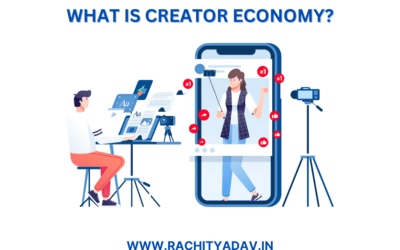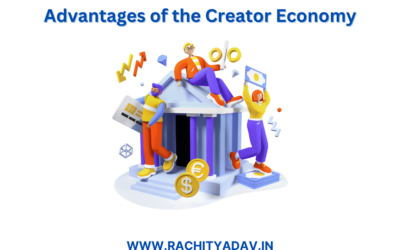The Creator Economy is a rapidly growing sector of the global economy that focuses on enabling and empowering...
creator economy
The Creator Economy: Monetizing Your Passion Online
The creator economy is a rapidly growing sector of the digital world that allows individuals to monetize their...
Attention All Creatives!
 Are you ready to turn your passion into a profitable venture? Introducing “Creative to Creativepreneur: The Ultimate Guide to Monetizing Your Skills and Talents”. This comprehensive guide will show you how to turn your creative ideas into a thriving business.
Are you ready to turn your passion into a profitable venture? Introducing “Creative to Creativepreneur: The Ultimate Guide to Monetizing Your Skills and Talents”. This comprehensive guide will show you how to turn your creative ideas into a thriving business.




